Comparison of different types of masks
Face masks are personal protective tools used to prevent or to limit the spread of respiratory infections that can be transmitted through the liquid droplets or aerosols. Here we are trying to compare different properties of different types of masks.
General information comparison of different mask types
Mask Type |
Picture |
Purpose/usage |
Users |
Protection from |
|---|---|---|---|---|
| Cloth, Cotton, gauze, homemade reusable masks or paper masks |
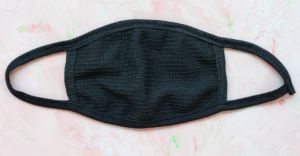
|
Prevent large droplets or particles expelled from the person to the environment | People who are working or visiting crowded places | This mask types mainly to control expelled particles from people to the environment |
| Surgical mask |
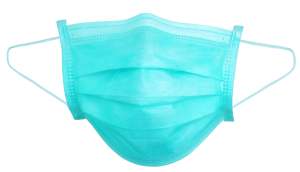
|
Protect from large particles and prevent expelling and spreading large droplets or particles to the environment | Surgeons | Can protect from bacteria and germs |
| N95 respirator |
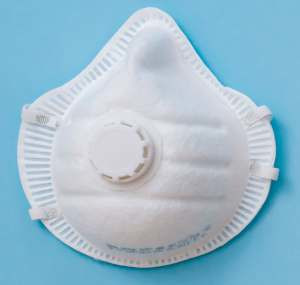
|
Provide higher protection by reducing the exposure to very small airborne particles and contaminants. | Healthcare workers and people working with dust, mold, etc. | Higher protection against bacteria and germs in the small airborne particles |
| R95 respirator |
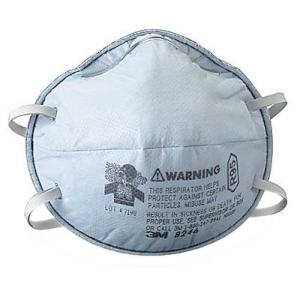
|
Use to get protection against oil-based particles from sprays. | People who have to work with oil based particles but not harmful vapors. | Provide protection against certain oil and non-oil based particles. |
| P95 respirator |
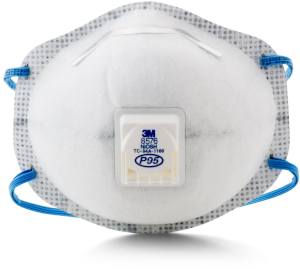
|
Use to get protection against oil-based particles from sprays. Similar to R95 but a lifetime is 40 hours or 30 days, whichever comes first. | People who have to work with oil based particles but not harmful vapors. | Provide protection against certain oil and non-oil based particles. |
There are lots of different types of respirators, and they are categorized into a couple of series as below, according to the usage.
Mask series |
Mask types |
Protection against |
Not suitable |
|---|---|---|---|
| N Series | N95, N99 and N100 | Provide protection against solid and liquid aerosol particulates. | Not resistant to oil. |
| R Series | R95 | Provide protection against certain oil and non-oil based particles. (Lifetime 8 hours.) | Not resistant to not harmful vapors. |
| P Series | P95 and P100 | Provide protection against certain oil and non-oil based particles. (Lifetime is 40 hours or 30 days, whichever comes first.) | Not resistant to not harmful vapors. |
Reusable Respirators
There are 2 types of reusable respirators,
- Half Facepiece Respirators
- Full Facepiece Respirators
You can use either of them depending on the exposure level. This will help to get a protection against both particles and/or gases and vapors in any work environment. Reusable respirator requires the following: gas & vapor cartridges, combination cartridges, filters and/or pre-filters.
Below are some parts of reusable respirators,
-
Gas & vapor cartridges
If you are exposed to gases and vapors, you need to arrach gas & vapor cartridges to your reusable full face mask or reusable half-face mask.
-
Filters
Filters only aerosols like dust, mists, fumes, smoke, mold, bacteria, etc. Some filters work for some levels of gas and vapor also.
-
Combination cartridges
If you are exposed to both gas, vapor, and particulates, you need to attach combination cartridges to your reusable full face mask or reusable half-face mask.
In the next article, we will compare more details about Medical masks.